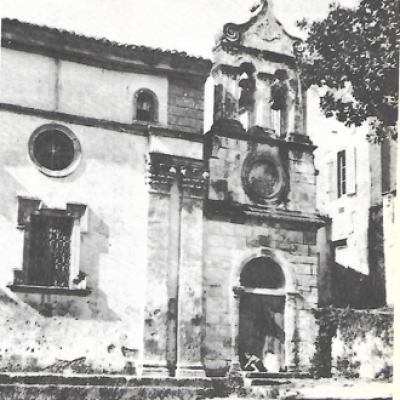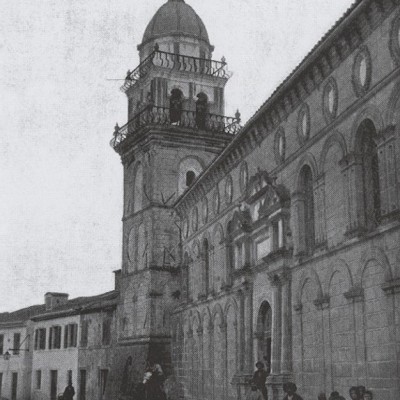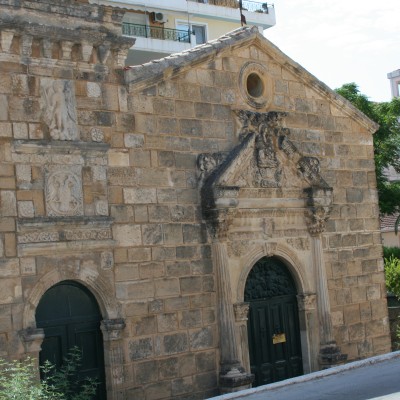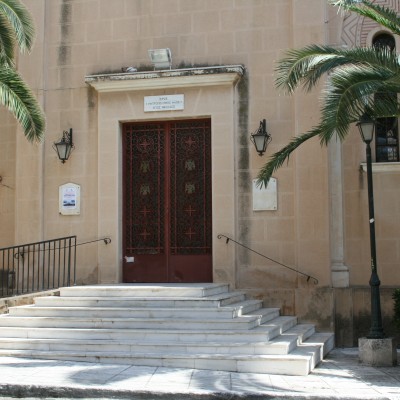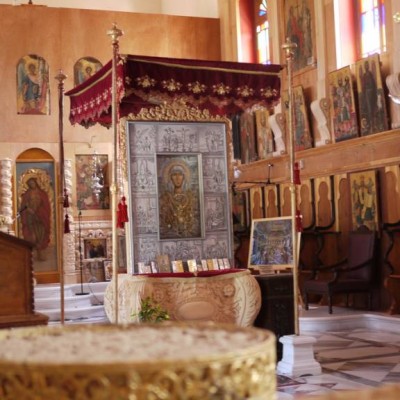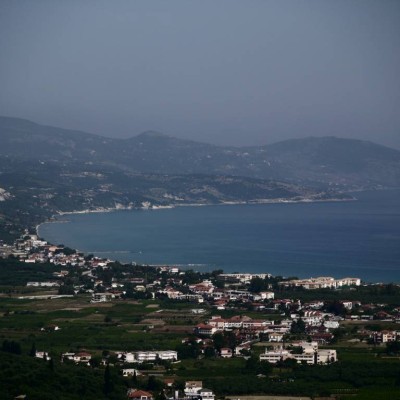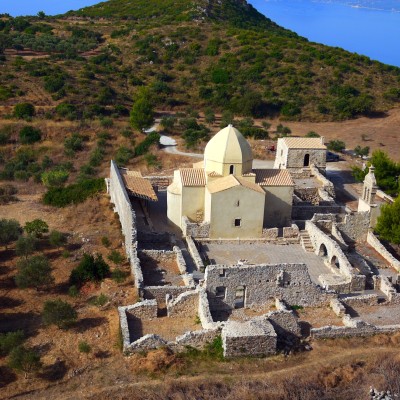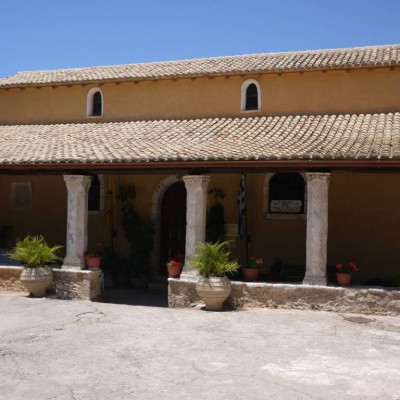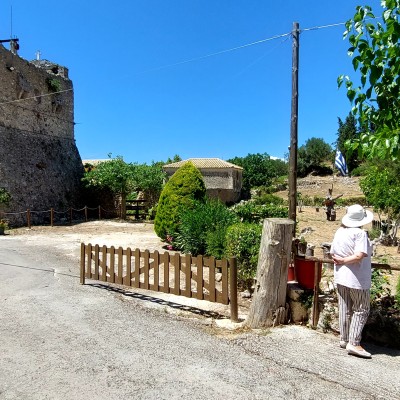The earthquakes, the frequent pirate raids and the strong pressure exerted by the Frankish conquerors are the reasons why the older monuments of the 15th century in Zakynthos are rare. From the early Christian period, the traces of a single early Christian basilica in Melinado have been found and from the Byzantine period, the temples of Sotiros in the Castle, 12th-13th c., of Agios Nikolaos Megalomatis in Skopos and of Agios Nikolaos in Lagopodos, 11th c., are preserved[1].
On the contrary, many monuments from the Venetian period are preserved. The Venetians, who dominated Zakynthos for three centuries (1485-1797), had granted religious rights to the Orthodox inhabitants of Zakynthos and a substantial freedom of religion, which in combination with the long period of peace allowed the building of numerous churches and monasteries on the island. It is characteristic that such was the rate of erection of Orthodox churches, that in 1795 by order of the General Provveditore the establishment of new temples was prohibited, without the permission of the Government. The establishment and maintenance of a temple by each guild, as well as the existence of many private temples, was also advocated in the number of temples. Churches were also founded for freedom from epidemics, which was not a rare phenomenon at the time[2].
The churches of Zakynthos were decorated with exceptional works of art, which brought with them or even created on the island great artists of the time, refugees from Turkish-occupied areas of Greece and especially Crete, who became teachers for the locals who continued the tradition. In the pre-earthquake town of Zakynthos there were over a hundred churches. Today there are no more than twenty. Only the church of Agios Dionysios, built in the late 1930s, was saved from the earthquake, in plans by Anastasios Orlandos. Only three years after the earthquake, the famous Faneromeni, the Lady of the Angels and Agios Nikolaos of Molos, were restored[3].
The religious sentiment of the Zakynthians was also expressed with the establishment of a significant number of monasteries. Noteworthy is the stavropegic royal monastery of Strofades, of the 13th century, the Kastromonastiro, built on the island of Stamfani, with a wall of 25 m. and dedicated to the Virgin Mary the "joy of all things" and Saint Dionysius. Today, the monastery of St. John the Baptist in Katastari, St. George of Gremnon in Volimes, Anafonitrias in the village of the same name, Spiliotissa in Orthonies, Skopiotissa at the top of Mount Skopos and Hyperagathos near Kiliomenos.
After 1953 the monastery of St. Dionysios.
Visiting them is considered imperative because they can be enchanting hidden within the wild flowers of Zakynthian nature.
[1]P.L. Vokotopoulos, Byzantine Art in the Ionian Islands, Corfiot Chronicles, vol. XV, Corfu 1970
[2]Dion. Zivas, The architecture of Zakynthos from the XVI to the XVI century , Athens 1970 ΤΤ
[3]Konomos, Zakynthos Five hundred years (1478-1978), vol. 1, Kastrolofos and Aigialos, Athens 1979
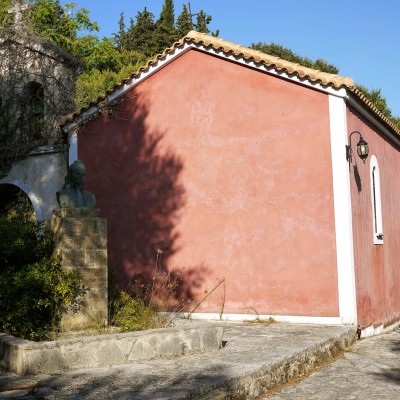

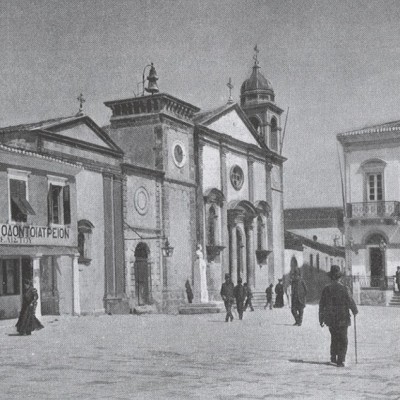
.jpg)
